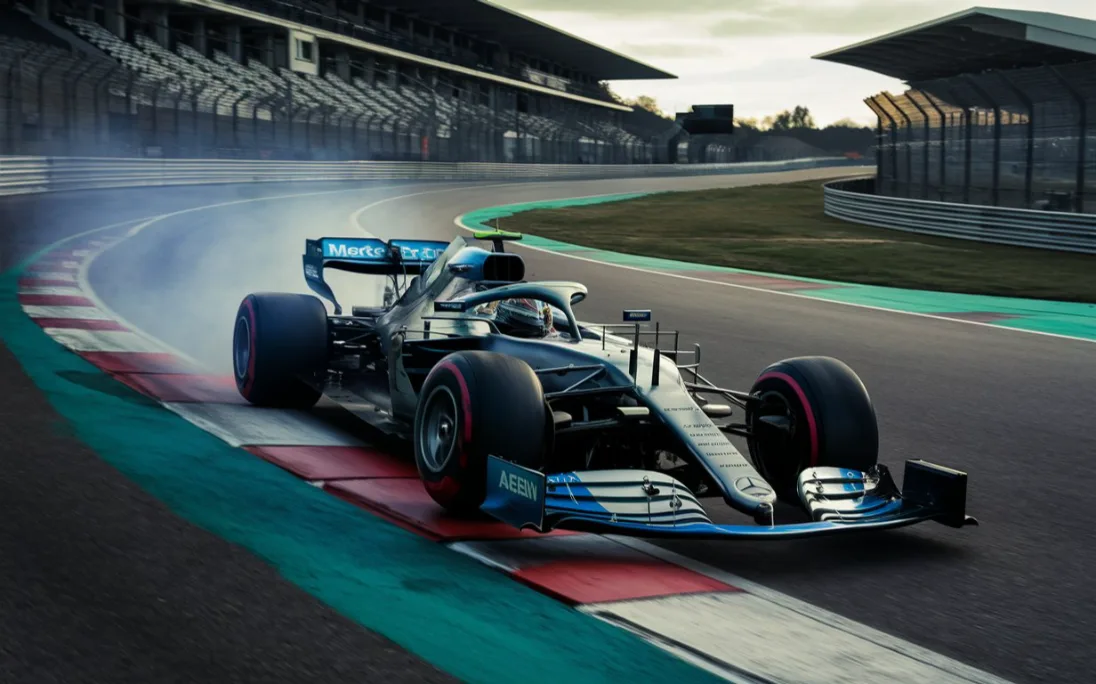KERS is a system that harvests and redeploys kinetic energy from a moving vehicle that would otherwise be lost as heat through braking.
What is Kinetic Energy Recovery System (KERS):
- It allows a portion of the vehicle’s kinetic energy to be recovered and stored, providing an extra boost of power when needed.
- In Formula 1 racing, KERS gives drivers an extra burst of acceleration out of corners or for overtaking by temporarily deploying the stored energy
- The introduction of KERS in Formula 1 was driven by a desire to improve the sport’s environmental image and connection to road-going hybrid technology
- Teams saw a major competitive advantage in KERS, with some changing car designs mid-season to incorporate the system
- KERS captures energy that would normally be wasted as heat during braking and redeploys it as additional horsepower
- It works by converting the vehicle’s kinetic energy into a stored form like a flywheel or battery pack when decelerating
- The stored energy can then be discharged by the KERS to boost acceleration for a temporary period

References
- S. Holt, “Formula For Success: Kers and DRS,” BBC Sport.
- P. Marks, “Drama of Formula 1 Receives Technological Boost,” New Scientist.
- G. Richards, “Bernie Ecclestone Says Kers Responsible For Fire in Williams Garage,” The Guardian.
- “2015 Formula One Technical Regulations,” Fédération de l’Automobile.
- S. Evans, “Volvo S60 Flywheel KERS Prototype First Drive,” Motor Trend.
- J. Schofield, “A Powered Bicycle Wheel That Learns As It Turns,” The Guardian.
- Kinetic_Energy_Recovery_System by fi.fandom.com




